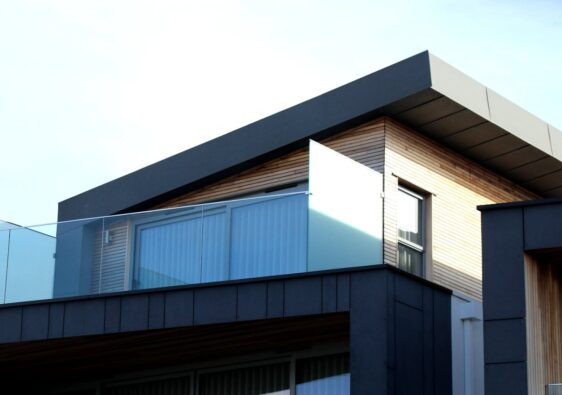Creating outdoor spaces that are both beautiful and functional requires more than a green thumb—it requires a thoughtful blend of landscape and design principles. Whether you’re working with a vast backyard or a compact garden, the marriage of form and function can transform your outdoor area into a true extension of your home. At this intersection, aesthetics meet practicality, making outdoor environments livable, enjoyable, and sustainable.
Understanding the Core Principles
Landscape and design each bring their own priorities to the table. Landscaping focuses on the natural elements—soil, plants, water features, and terrain—while design emphasizes the layout, structure, and visual appeal. When these two disciplines work together, they create a balanced environment where each element supports the others.
For example, the placement of flower beds should take into account sun exposure and drainage, but also how their shapes and colors interact with pathways, seating areas, or fencing. Similarly, a deck isn’t just a flat surface; it’s a functional design element that can guide movement and provide structure to an open space.
Blending Function with Visual Appeal
Good landscape design finds harmony between usefulness and visual enjoyment. It’s not just about planting the right tree in the right spot—it’s about considering how people will move through the space, where they’ll gather, and what sensory experiences they’ll have. Soft textures from grasses, vibrant colors from flowers, and the soothing sound of a water feature can all work together with the geometry of walkways and patio furniture.
Materials play a key role as well. Stone, wood, gravel, and metal all have unique textures and colors that influence the design. Choosing materials that match both the climate and the style of the home helps tie the space together.
Sustainability and Maintenance Considerations
A well-designed landscape also considers long-term maintenance and environmental impact. Native plants can reduce water usage and support local wildlife, while permeable paving helps manage stormwater. Edible gardens, composting areas, and drought-tolerant ground cover can further align a landscape with sustainable living goals.
Maintenance tools and routines also influence design choices. For example, lawns remain a popular element in many gardens, but they require regular upkeep. This is where the right equipment makes a difference. A high-quality riding lawn mower can significantly ease the burden of lawn care, especially for larger properties, allowing homeowners to keep their landscape looking pristine with minimal time and effort.
Zones and Purposeful Layout
A well-planned landscape uses zoning to give each area a distinct purpose. Dining zones, lounging nooks, gardening beds, and play areas should flow naturally from one to the next, with intentional design choices supporting their functions. For instance, a fire pit area might be surrounded by stone seating and planted with heat-resistant shrubs, while a children’s play zone could feature softer turf and partial shade.
Paths, lighting, and natural transitions like hedges or trellises help to subtly guide the eye and movement from space to space, making the landscape feel intuitive and inviting.
The Role of Personal Expression
While principles and guidelines are important, landscape design is also an opportunity for self-expression. Your outdoor space can reflect your personality just as much as your home’s interior. Whether you prefer a minimalist garden with clean lines and sculptural plants, or a cottage-style escape bursting with blooms and texture, the right design can bring your vision to life.
Accents like garden art, lighting, and color palettes further customize your space. Even functional items—such as benches, sheds, or retaining walls—can be selected or styled in a way that enhances your overall aesthetic.
Conclusion
At the intersection of landscape and design lies the potential to transform an ordinary outdoor space into something extraordinary. By blending the organic elements of nature with intentional structure and style, homeowners can create environments that are both practical and inspiring. With the right tools, thoughtful planning, and a touch of creativity, any landscape can become a seamless extension of your living space.



